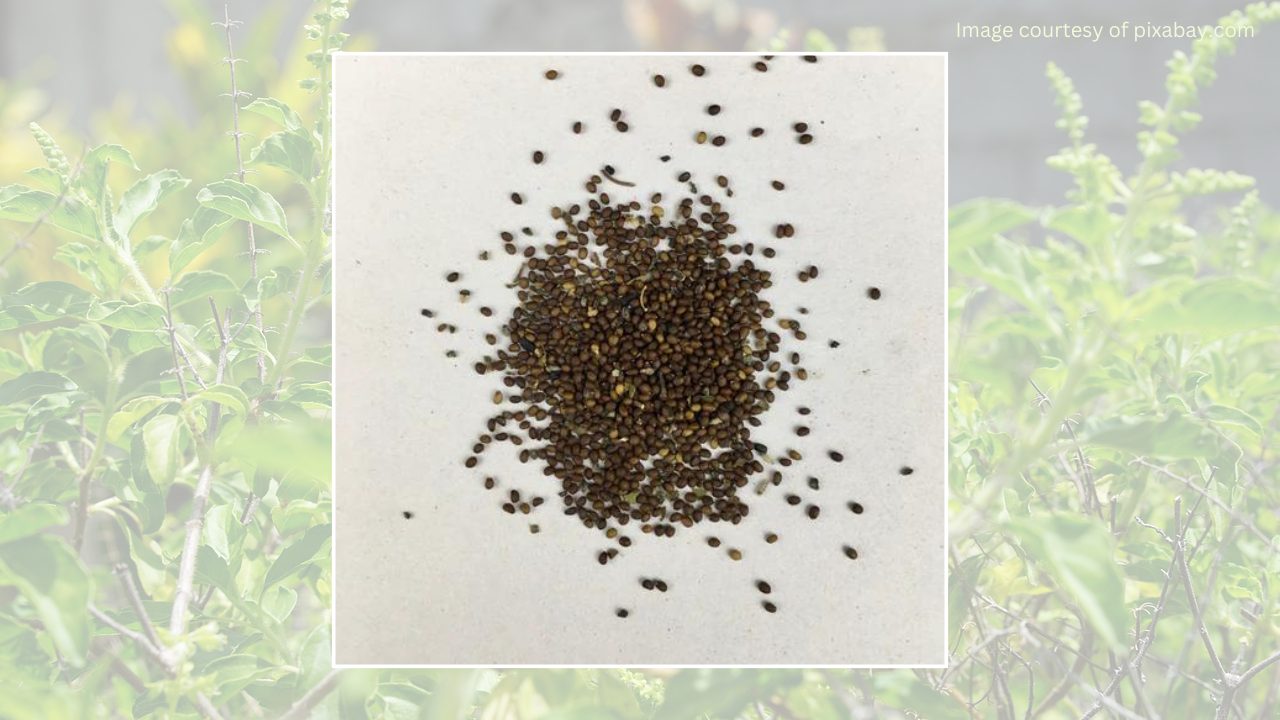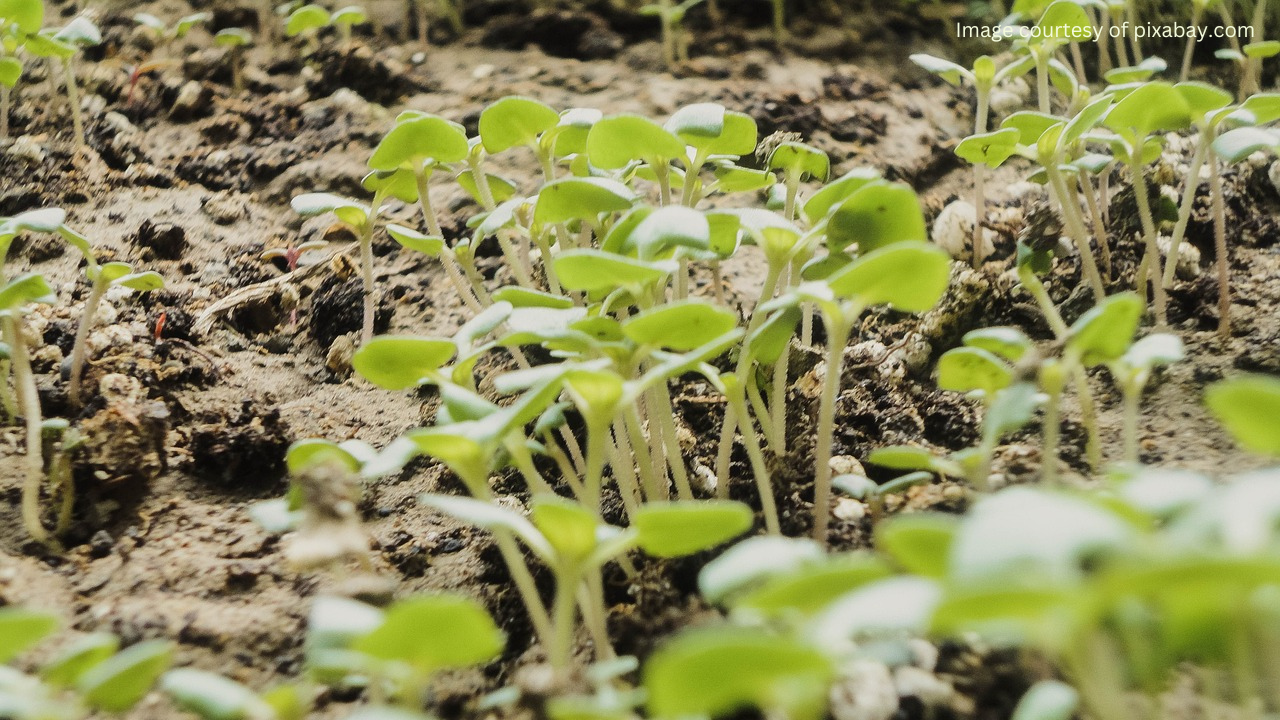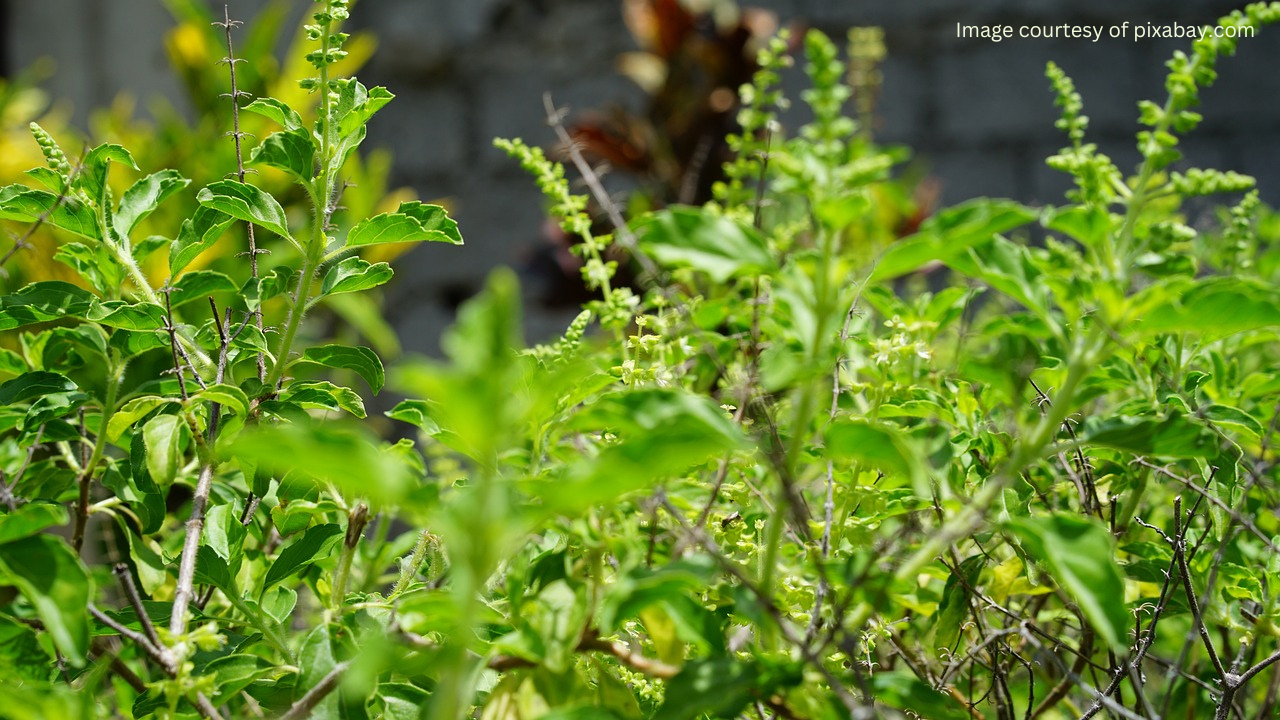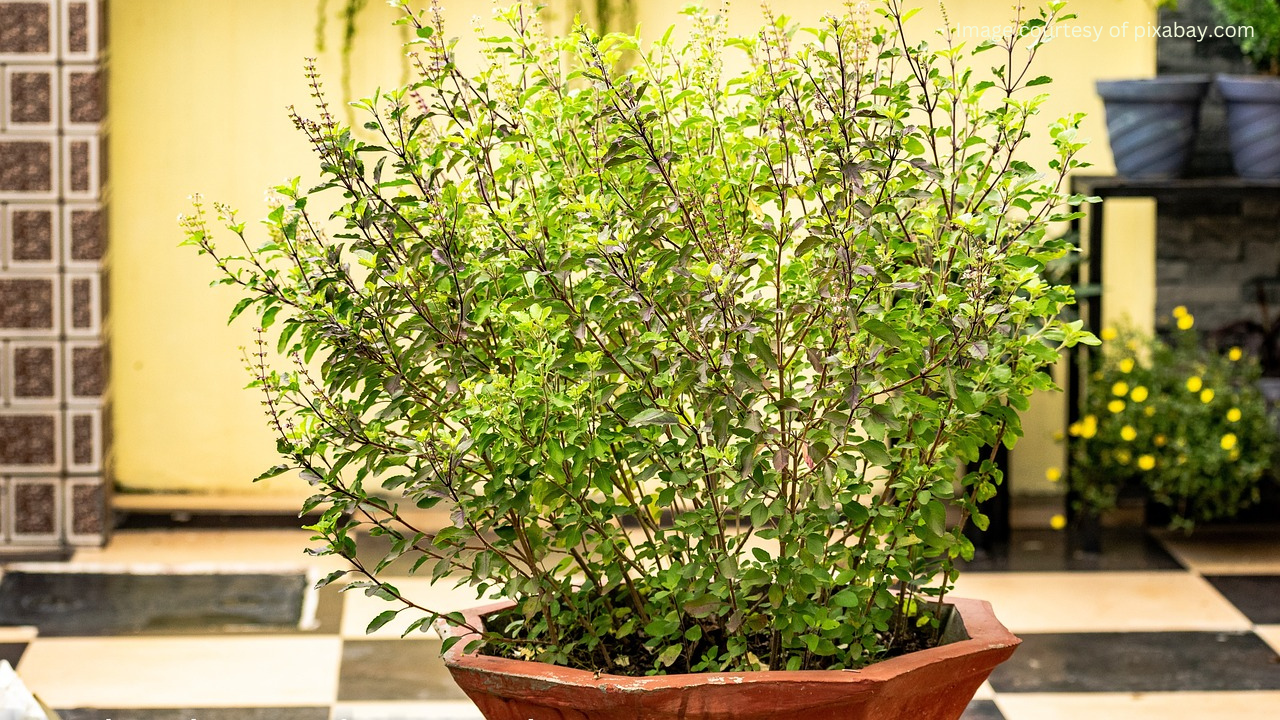Tulsi, also known as Holy Basil, holds significant cultural and medicinal value in many parts of the world. Revered in Hindu tradition, Tulsi is believed to have spiritual as well as health benefits.
Choosing the Right Tulsi Seeds

When planning to grow Tulsi, selecting the right seeds is crucial. Opt for high-quality Tulsi seeds from a reputable supplier. There are various types of Tulsi available, including Rama Tulsi, Krishna Tulsi, and Vana Tulsi. Choose the variety that best suits your climate and preferences.
Preparing the Soil
Tulsi thrives in well-drained, fertile soil. Before planting the seeds, ensure the soil is rich in organic matter and has good drainage. You can mix compost or aged manure into the soil to improve its fertility. Avoid waterlogged or compacted soil, as it can lead to root rot.
Planting Tulsi Seeds

Planting Tulsi seeds is a straightforward process. Start by preparing small pots or containers filled with the prepared soil. Place 2-3 seeds in each pot and cover them lightly with soil. Water the pots gently to keep the soil moist but not waterlogged. Place the pots in a warm, sunny location for optimal germination.
Watering and Sunlight Requirements
Tulsi requires regular watering, especially during dry spells. However, it's essential not to overwater, as excessive moisture can cause root rot. Allow the soil to dry out slightly between waterings. Additionally, Tulsi thrives in full sunlight, so ensure the plants receive at least 6-8 hours of sunlight daily.
Maintenance Tips

To ensure healthy growth, regularly prune the Tulsi plants to encourage bushier growth and prevent legginess. Remove any yellowing or dead leaves to promote new growth. Mulching around the plants can help retain moisture and suppress weeds. Keep an eye out for pests and diseases, and take prompt action if necessary.
Harvesting Tulsi Leaves
You can start harvesting Tulsi leaves once the plants reach a height of 6-8 inches. Pinch off the top few inches of the plant, including the leaves and stems. Harvesting encourages branching and stimulates new growth. Use freshly harvested Tulsi leaves in teas, culinary dishes, or for medicinal purposes.
Pests and Diseases Prevention
While Tulsi is relatively resistant to pests and diseases, it can occasionally face issues such as aphids, whiteflies, or powdery mildew. Regularly inspect the plants for any signs of infestation or disease. Use organic pest control methods such as neem oil spray or insecticidal soap to manage pests effectively.
Common Mistakes to Avoid
- Overwatering: Avoid watering Tulsi excessively, as it can lead to root rot.
- Poor Drainage: Ensure the soil has good drainage to prevent waterlogging.
- Lack of Sunlight: Tulsi requires ample sunlight for healthy growth, so place it in a sunny spot.
- Neglecting Pruning: Regular pruning is essential to maintain the shape and health of the plants.
- Ignoring Pests: Keep an eye out for pests and diseases and take preventive measures to protect your plants.
Growing Tulsi in Different Climates

Tulsi is a versatile plant that can adapt to various climates. However, it thrives in warm, tropical conditions. If you live in a cooler climate, consider growing Tulsi indoors or in a greenhouse to provide the necessary warmth and protection from frost.
Related Articles:


2 comments
NidhiSharma
Full
NidhiSharma
Full